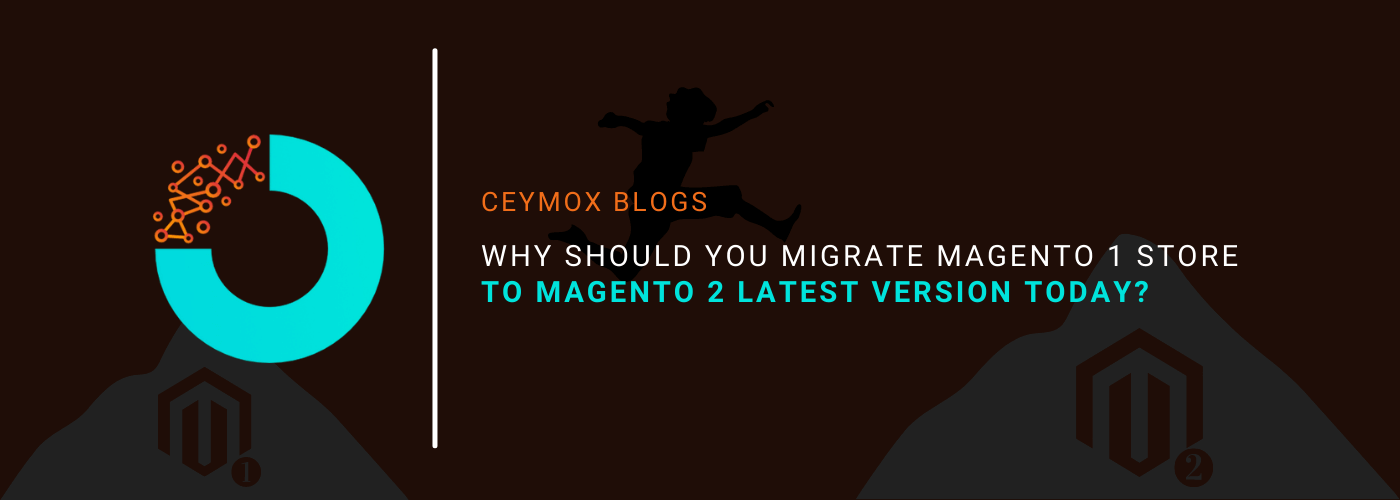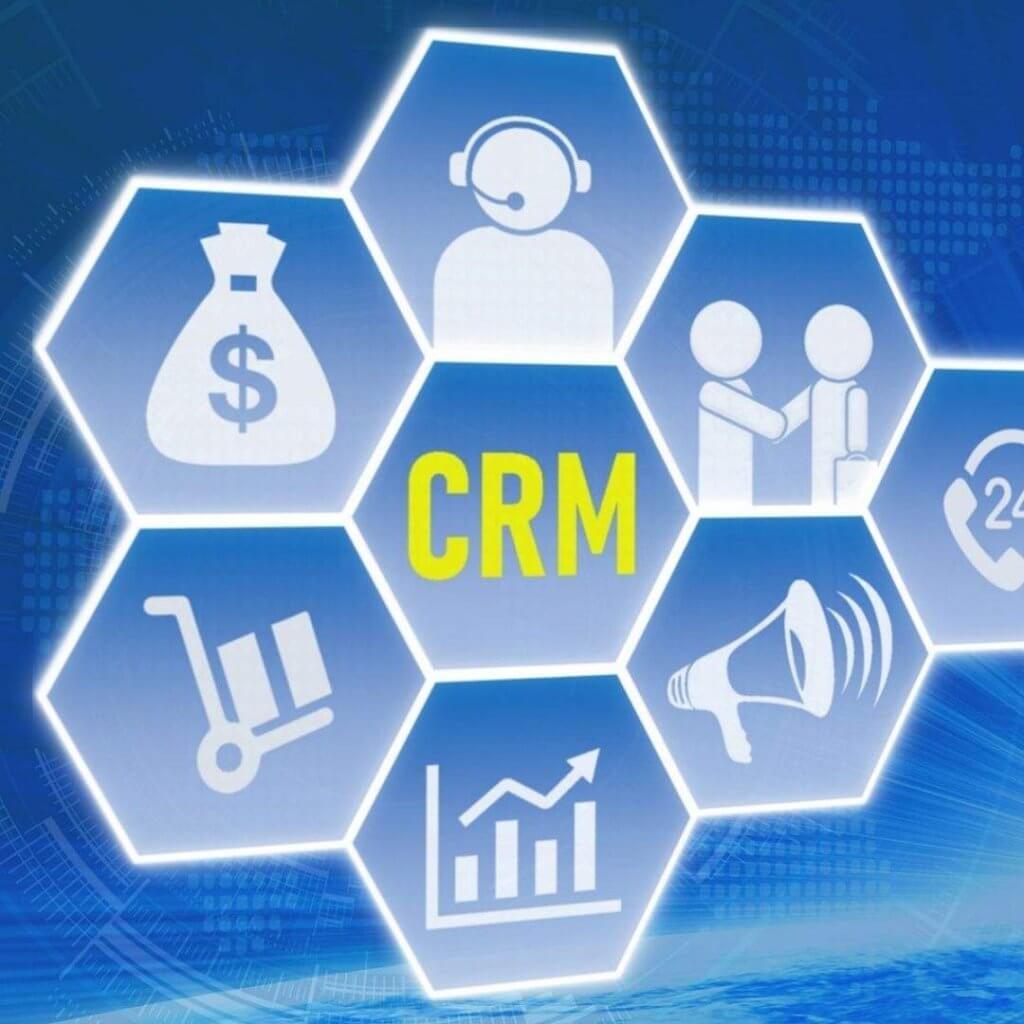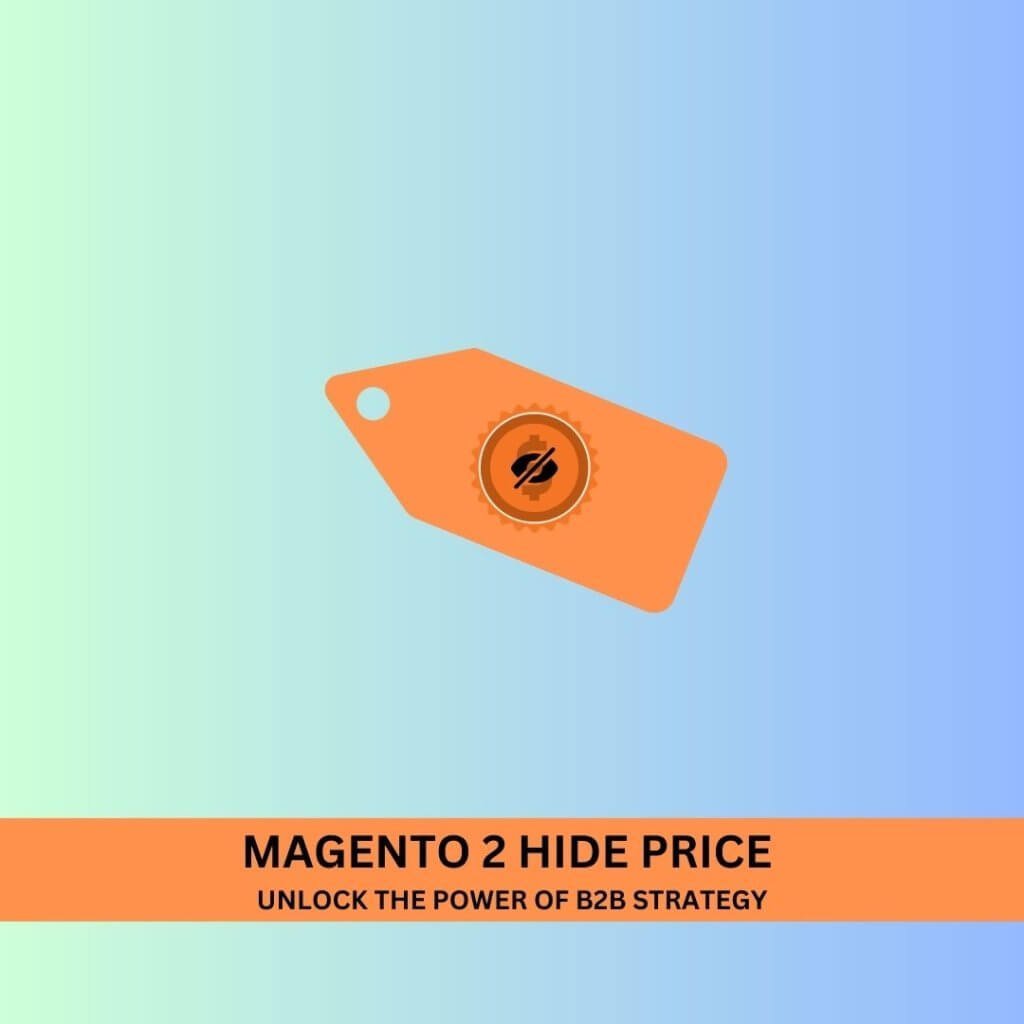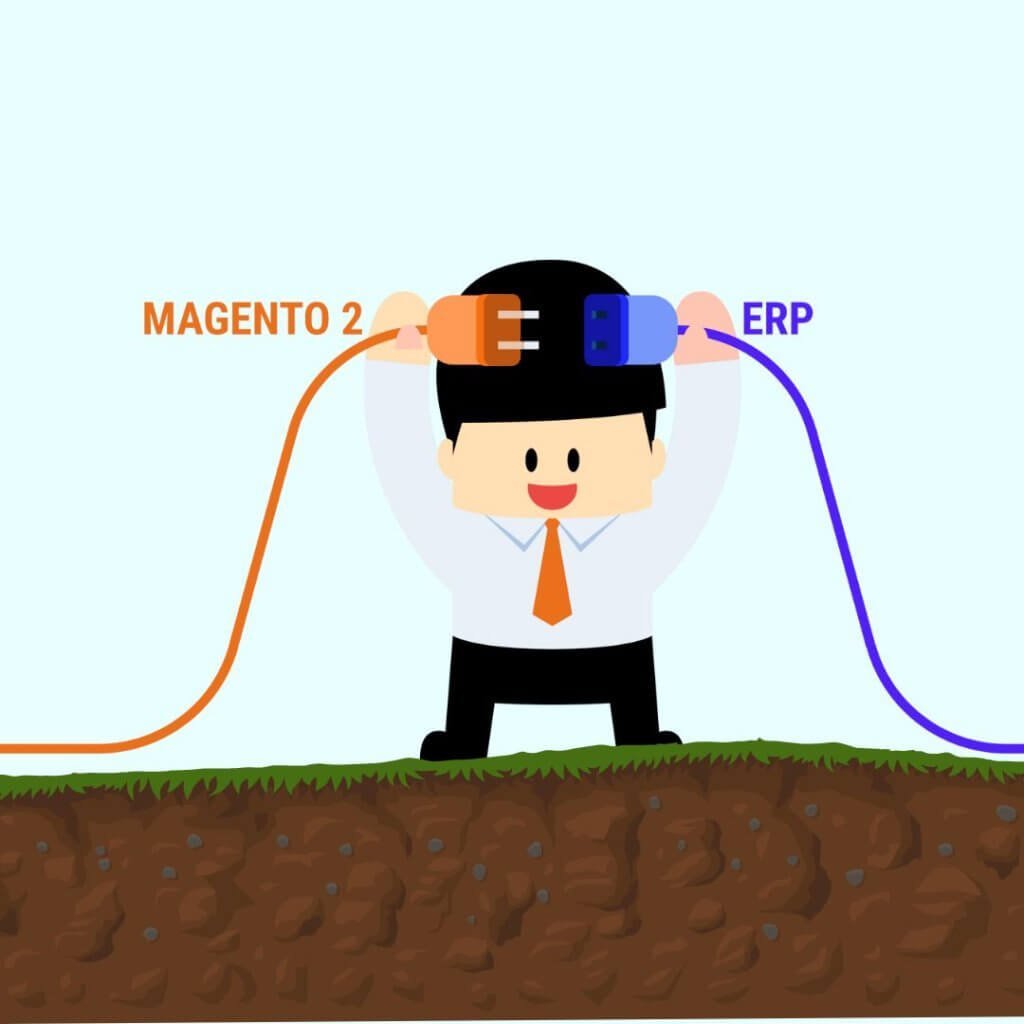
It has been a year since Magento ended its security support to the Magento 1 version but still, a lot of the e-commerce retailers continued to use Magento 1 for their e-commerce online stores. Magento launched Magento 2 at the end of 2015 leaving many merchants confused about whether to move from the existing version to the latest one. Some merchants immediately upgraded their Magento 1 platform. However, even after years, many merchants are still working on that obsolete Magento 1.
Security is not the only reason you should upgrade your Magento version but there are many other reasons such as an up-to-date version with better performance, speed, functionality, and better user experience. In this article, we will have complete clarity over why you should migrate your Magento 1 store to Magento 2 latest version.
What are the Risks of staying on the Magento 1 version?
There are multiple factors why you might be procrastinating the migrating decision from Magento 1 to Magento 2. Overall, Magento is a bit costly platform to operate on and might want to ensure that you are getting your money out of it. But as a wise online merchant, you must consider the End of Life dates of these platforms which have been passed leave the security of your store in jeopardy. These are the major risks of staying on Magento 1:
1. Security Breaches:
In June 2020, Magento stopped publishing the 1.x patches of Magento Community and Enterprise editions, leaving your site vulnerable to security threats. Also, in December 2018 PHP 5.6 also ended its life. Thus, there are no security updates for your server software managing your Magento store. Either way, using Magento 1 you are putting both your site data and precious customers’ data at risk.
2. Module Updates:
Since Magento 1 doesn’t support anymore, many of its modules have stopped working and become outdated with limited developers’ support. These modules are often critical for the proper functioning of your site and impact its performance. It can also render your site to stop working and leave you standalone without a plan for fixes or updates in the future.
3. Number of Magento 1 and Magento 2 Developers:
There are nearly 150 certified solutions partners in the USA which are on the Magento official site and almost 120,000 live Magento stores in the USA alone. You are already late for the migration of Magento 1 to Magento 2 but if you procrastinate any longer, you will lose almost all your chances to find a partner for the migration of your store.
Also, now most of the companies and freelancers prefer to work only in Magento 2 unlike us.
4. Timeline:
As the deadline has already passed, it is highly important for you to consider migrating now. Better late than never. The timeline of the migration will depend upon several factors such as extensions being used, themes, features and functionalities, etc. The size of your catalogue can also be an important factor. If you have a substantial amount of custom-built functionality or thousands of SKUs, your migration will take longer.
Benefits of Migration from Magento 1 to Magento 2:
You will never regret your decision if you migrate your store from Magento 1 to Magento 2. There are many benefits of migration. Let’s know the major ones of them:
1. Performance:
Magento 2 has been designed with the motive to provide the best performance. Magento understands the value of speed in providing a better user experience and ranking in top search engine page results. The Page loading speed is 30-50% higher. Several studies reveal that Magento 2 is able to manage 39% more orders per hour with 66% faster add-to-cart times than Magento 1. After setting up the hosting properly, it can deliver instant server response times for catalogue browsing.
Such an improved performance will have many benefits for your site. It will improve the user interaction of the site, you can add more products to your shopping catalogue, and more sales with fewer abandoned carts.
Better performance also means that your new Magento 2 store can also handle more traffic. It can manage 10 million page views an hour while on the other side, Magento 1 can handle 200,000 page views. In the checkout, Magento 2 Community Edition is able to handle 50,000 orders per hour and Magento 2 Enterprise Edition can handle 90,000 orders.
Here are the ways by which Magento 2 provides such an improvement in performance and reduced server load:
- Ajax Cart: Magento 2 now includes Ajax Cart without installing a module. Ajax Cart uses JS for adding items in the buyers’ cart without reloading the entire page. This reduces the load on your hosting hardware and also improves the customer experience on the site.
- Cache: The functioning of caching systems is to store commonly accessed page elements for faster serving to the visitors. The caching system of Magento 2 has been improved a lot and includes native support of popular caching technology Varnish.
- PHP 7: Magento has been built on the popular programming language PHP. Magento 2 is optimized for PHP 7 and the latest versions.
- Improvements in Hosting Environment: The Magento 2 Enterprise Edition includes improved features and functionalities which can easily spread the demand on your hosting environment over multiple servers, making it easier to handle sudden traffic surges.
2. Smooth Checkout:
A highly smooth checkout is the 2nd best reason for migrating to Magento 2 store. In Magento 1, there were 6 checkout steps while in Magento 2 there are only 2 steps for successful checkout. As per research, Magento 2 offers 38% faster checkout in comparison to Magento 1.
A fast checkout process results in a lower abandoned cart rate and a better conversion rate. Some statistics which have shown the importance of faster checkout is:
- 23% of the users will abandon the cart if they are forced to create a user account
- 26% of the customers will leave the cart if encounter a complicated checkout process
In Magento 2 store, you can give the option to the users of opting for guest checkout or create an account with a single click. You can also make customizations in the default checkout method of Magento as per your brand and making it user-friendly.
Another benefit is displaying accurate shipping rates based on the country, region or postal code. In Magento 2 you can also integrate any payment method into the checkout process.
The checkout process also consists of the order summary, where the customers can review all the details including the number of items, address, shipping charges, taxes, etc.
3. Higher security:
In the e-commerce industry, security is one of the important concerns, as you can’t compromise with the data security of the customers. And no customers will like to shop from a website that is not secure. But in Magento 2, security has been implemented in its core, unlike other platforms in which security is an add-on.
In June 2020, Magento ends its security practices for Magento 1 version. Hence, if you are still using the Magento 1 version then you must upgrade it to the Magento 2. There are no security patches for Magento 1, thus you won’t be able to prevent the store from any unwanted attacks like DDoS or payment gateway security issues.
With every new release of the Magento version, there are new security patches and the old security issues get fixed. Hence, you must not procrastinate to update your Magento store to the latest version. Once a stable release is out, you should perform the Magento testing before its implementation. The other ways by which you get enhanced security in Magento 2 are:
- Magento 2 comes with enhanced password security by using SHA-256 hashing algorithms within its password management.
- Magento 2 comes with 2-factor authentication giving you an additional layer of security in Magento 2 admin access
- You can take a full backup of your Magento store with a set backup plan. Thus, even if things go south, you will have your precious data.
4. Administrative Improvements:
There are many improvements in the Magento Admin Panel to make it simpler and more efficient.
- Improved Product Creation: The new step-by-step product creation tools help you to quickly and accurately add products to your store. You can add 4 times faster in Magento in comparison to Magento 1.
- Better Data View and Filtering: Magento comes with a very robust data grid view in the Magento admin. In this grid, you can customize the attributes of the grid view (such as product list) without involving a developer. The admin can customize the data view as per their requirements. These leads to clean, uncluttered interfaces and guarantee that you can see the data you want. You can also filter the data based on any attributes that you have enabled in the data view.
- Admin Navigation Improvements: The Admin Panel is now neat & clean and less cluttered. There is an organized menu to find any page. These improvements will help you to easily learn all the options of Admin and better productivity.
- Data Safeguards: Magento 1 allows only a single admin to configure product data at a time. This is a huge problem in big e-commerce stores in which there are multiple administrators. In Magento 2, there are safeguards for product data that allow multiple administrators to work on product data together. Thus, it increases the efficiency of your team and allows you to keep your store’s products up to date.
- Product Videos: In Magento 2, you can easily add videos from Vimeo or YouTube as Magento 2 supports videos natively.
5. Reporting:
Reporting is an essential feature in an e-commerce store that helps in growing and succeeding. Magento 2 modern reporting features allow you to create 20 reports through its web interface. These reports are dynamic and real-time which allows better management of your store. The report contains order details, number of registered customers, number of products with selling details, and much more.
6. Responsive Design:
Since a huge portion of the audience is now using mobile devices, it is imperative that your e-commerce stores work properly on smartphones, iPads, Tablets, etc. The responsive Magento 2 is like a boon that wants to deliver a better shopping experience on smartphones and other devices.
A mobile responsive site is not a choice but a requirement as Google evaluate the responsiveness of the site for its ranking. Magento 2 comes with all elements for boosting SEO efforts such as rich snippets on the catalogue pages to enhance the result in SERPs, SEO-friendly URLs, image optimization for products and categories.
7. Better Customer Experience:
Magento has made huge strides in improving the customer experience and eliminating shopping “pain points” which leads to abandoned carts, mostly in mobile devices. Magento 2 is highly focused on improving the customer experience in all contexts be it search, adding product in the cart, checkout, login, etc.
Magento 2 now comes with Elasticsearch which is the superior search functionality. It allows customers to quickly and efficiently find products. It can understand the misspelling and show desired products, synonyms of the product names, typo errors, suggestions, frequent search suggestions, and much more. Also, the configuration and customization of ElasticSearch are simpler and faster, resulting in better search results and fewer development costs.
Wrapping Up:
There is no qualm over the fact that Magento 2 is better than Magento 1 in all possible aspects. It has better security, improved customer experience, high security, responsive design, and much more. If you have changed your mind and now migrate to Magento 2 then we at Ceymox Technologies can definitely help you. We will give you a proper estimation of time and cost in the migration process. We will also let you know if there are certain modules or extensions which will be incapable of migration and other important things. Our highly experienced certified Magento developers are having expertise in upgrading the Magento version and Magento 1 to Magento 2 migration.
 Hubspot SEO Certified |  Hubspot SEO II Certified |  Google Ads Search Certified |  Google Analytics Certified |
Sreehari N Kartha is a skilled Digital Marketing Analyst at Ceymox, certified in SEO. His expertise encompasses a wide range of digital marketing strategies, including managing advertising campaigns on platforms like Google Ads, Facebook Ads, Instagram Ads, WhatsApp Ads, and LinkedIn Ads. With a strong foundation in SEO and SMM, Sreehari is adept at optimizing online visibility, driving engagement, and generating qualified leads and conversions. His passion for emerging technologies, such as Crypto, NFTs, and Web3, further complements his skillset, enabling him to navigate the dynamic digital landscape.
View All Articles








